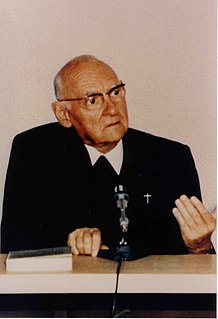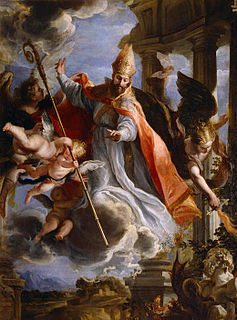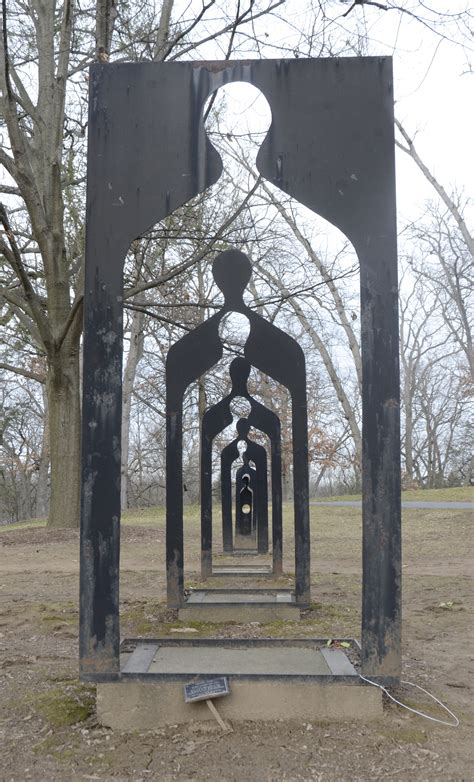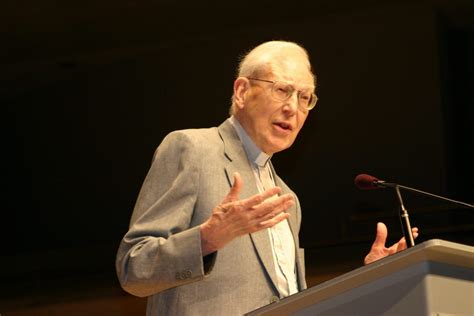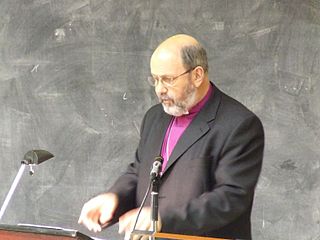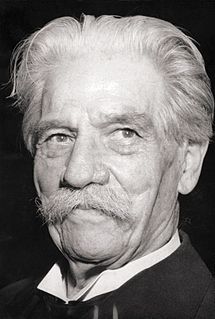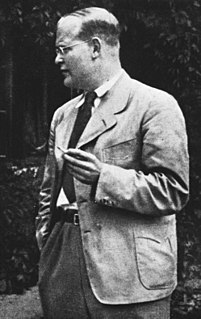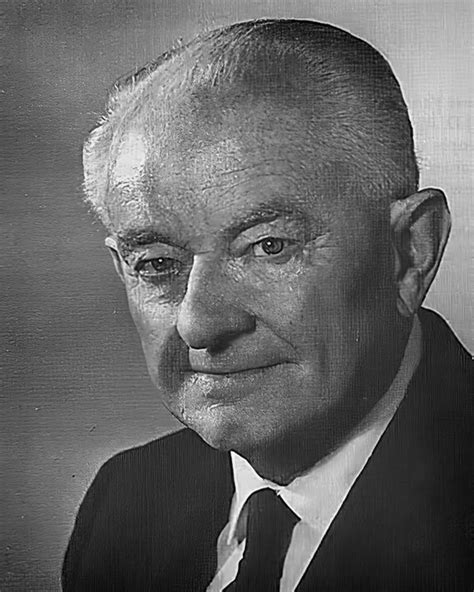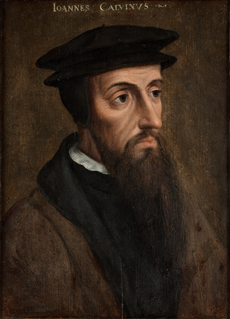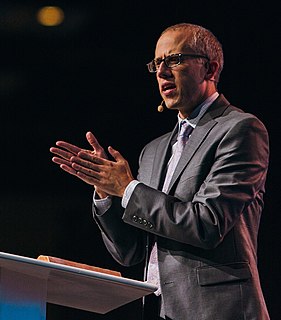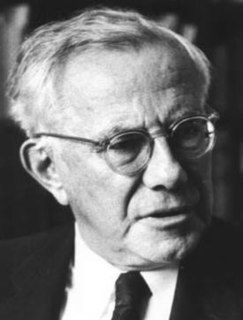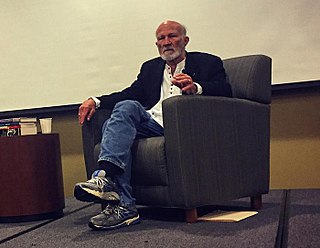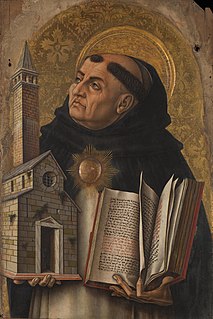A Quote by Hans Urs von Balthasar
Without a doubt, at the center of the New Testament there stands the Cross, which receives its interpretation from the Resurrection.
Quote Topics
Related Quotes
The evidence for our New Testament writings is ever so much greater than the evidence for many writings of classical authors, the authenticity of which no one dreams of questioning. And if the New Testament were a collection of secular writings, their authenticity would generally be regarded as beyond all doubt.
Has the word propitiation any place in your Christianity? In the faith of the New Testament it is central. The love of God, the taking of human form by the Son, the meaning of the cross, Christ's heavenly intercession, the way of salvation-all are to be explained in terms of itand any explanation from which the thought of propitiation is missing will be incomplete, and indeed actually misleading, by New Testament standards
If we compare the present state of the New Testament text with that of any other ancient writing, we must... declare it to be marvelously correct. Such has been the care with which the New Testament has been copied - a care which has doubtless grown out of true reverence for its holy words.... The New Testament is unrivaled among ancient writings in the purity of its test as actually transmitted and kept in use.
Many who are convinced that God is non-violent simply dismiss the Old Testament accounts of God commanding or engaging in violence. I don't consider this to be a viable option, for Jesus treats the whole Old Testament as the inspired Word of God. My cross-centered interpretation of these violent portraits allows believers to affirm that God is non-violent while also affirming that all Scripture is "God-breathed.".
Accommodation is a central aspect of the cross-centered interpretation of violent portraits of God that I'm advocating. Like everything else in Cross Vision, this concept is anchored in the cross. On the cross, God stoops to meet us, and to enter into solidarity with us, right where we are at, which is in bondage to sin and to Satan. And he does this to free us and to bring us where he wants us to be, which is united with him in Christ. The cross is thus the paradigmatic example of God mercifully stooping to accommodate people in their fallen conditioning.
